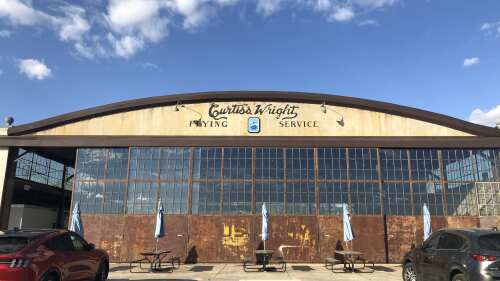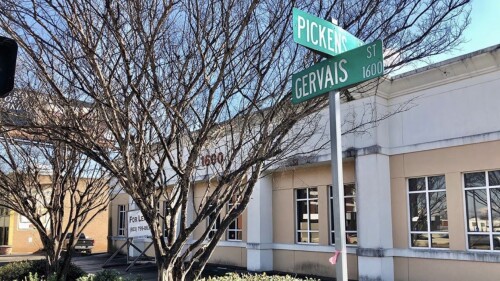The first phase of cleanup at the Congaree River is complete. The beloved natural landmark that starts its journey in Columbia and flows through Congaree National Park has been the focus of a significant cleanup operation for over a decade.
Here’s an update on the progress made and what’s in store:
Background
The Congaree River, formed by the confluence of the Saluda and Broad Rivers, is a hotspot for recreational activities like swimming, canoeing, floating, and fishing. DHEC identified a tar-like material (TLM) in the river’s sediments, traced back to coal tar discharges from a former manufactured gas plant that operated from 1906 to the mid-1950s.
The cleanup process has faced challenges due to the river’s unique complexities, including its granite bedrock foundation and historical significance.
Did you know — General Sherman’s troops dumped cannonballs, rammers, sabers, and whatever they couldn’t carry in the river on their way out of town?
Recent Developments
- Phase one completion: As of August 7, DHEC confirmed the completion of Phase one of the cleanup within the Area 1 Cofferdam. Over 26,000 cubic yards of material, including coal tar and sediment, have been successfully removed. High-pressure water cannons were employed to ensure thorough cleaning, reaching down to the granite river bottom.
- Bank stabilization: Post-cleanup, workers have placed rocks along the river’s edge to prevent erosion and ensure the riverbank’s stability.
- Area 1 Cofferdam dismantling: In the coming weeks, the Area 1 Cofferdam will be taken apart, with materials being used in the construction of Area 2.
What’s Next?
- Area 2 Cofferdam Construction: As the Area 1 Cofferdam removal progresses, the construction of the Area 2 Cofferdam will commence. This dam will be much smaller, being only a fifth of the size of Area 1. The completion of the Area 2 Cofferdam is anticipated by October 30, weather permitting.
For those interested in regular updates and more detailed information, the DHEC website serves as an up-to-date resource.











